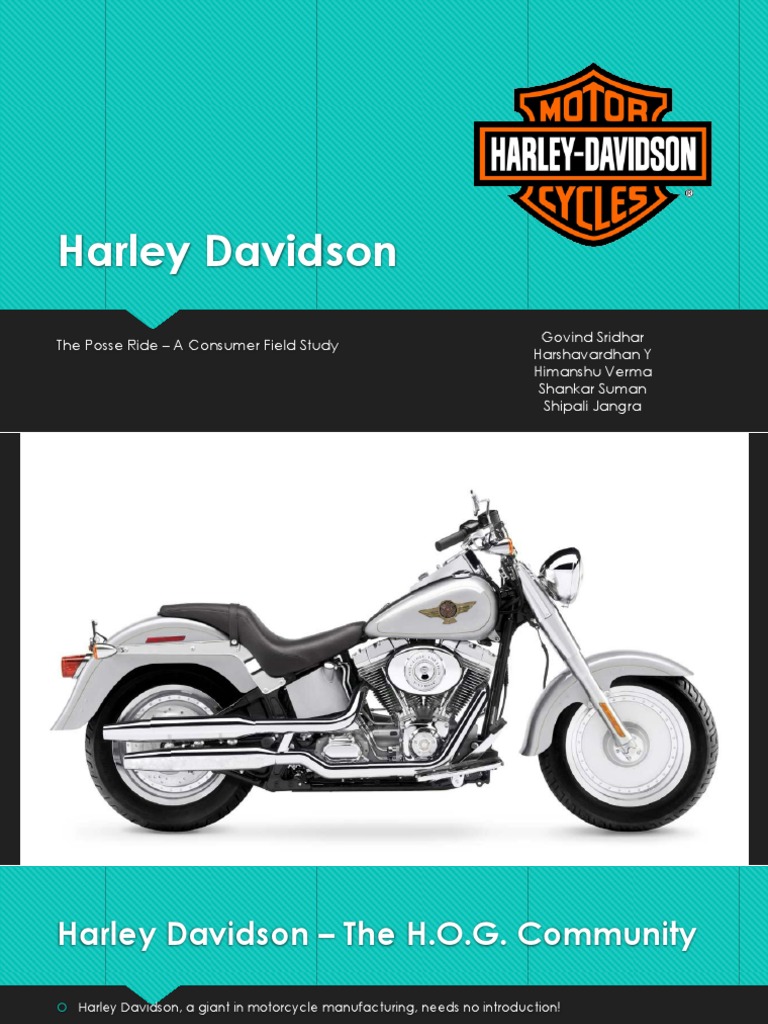Harley Davidson India Marketing Strategy

The study finds that entry market strategy conducted by Harley Davidson is.
Harley davidson india marketing strategy. Harley-Davidson India is a wholly owned subsidiary of Harley-Davidson Inc and commenced operations in August 2009. Depending on whether new CEO Jochen Zeitzs priority is sales or preserving the brand will decide on its fate. 1Deciding Whether to Go Abroad Factors that draw companies into the international arena Some international markets present better profit opportunities than domestic market Firm needs larger customer base to achieve economies of scale Firm wants to reduce dependence on any one market Firm counterattacks global competitors in home markets Customers going abroad.
Harley-Davidson setup its India operations in 2009 and inaugurated its first dealership in 2010. What brand marketing strategies make Harley Davidson so unique. The emission norms were relaxed as part of a trade agreement between the US and India on April 13th 2007.
The method used in this paper is a qualitative analysis with case study approach supported by a few quantitative data. Product Place Promotion Price is the set of strategies and tactics used to execute a marketing plan. MARKETING STRATEGIES Made new alliances with some local bike companies to produce low cost Utilize the Make In India drive Increasıng dıversity programing Tour Museum Increase the advertising 52.
Data collected from the publicly available documents related Harley Davidson. In 2010 Harley-Davidson enters into Indian motorcycle market and in 10 years Harley managed to sold 25000 units only. There were two major challenges in driving the business forward in India explains Prakash.
Harley Davidson is a symbol of Courage. Marketing Strategy of Harley Davidson analyses the brand with the marketing mix framework which covers the 4Ps Product Price Place Promotion. A cult brand is different.
The model was supposed to be Harley-Davidsons locally-built good value entry into the lucrative Asian market but we get the impression its at odds with the new strategy. These customers are from upper middle income group and are in the age group of 25-40 years. The companys stock has fallen more than 37 year-to-date.



















